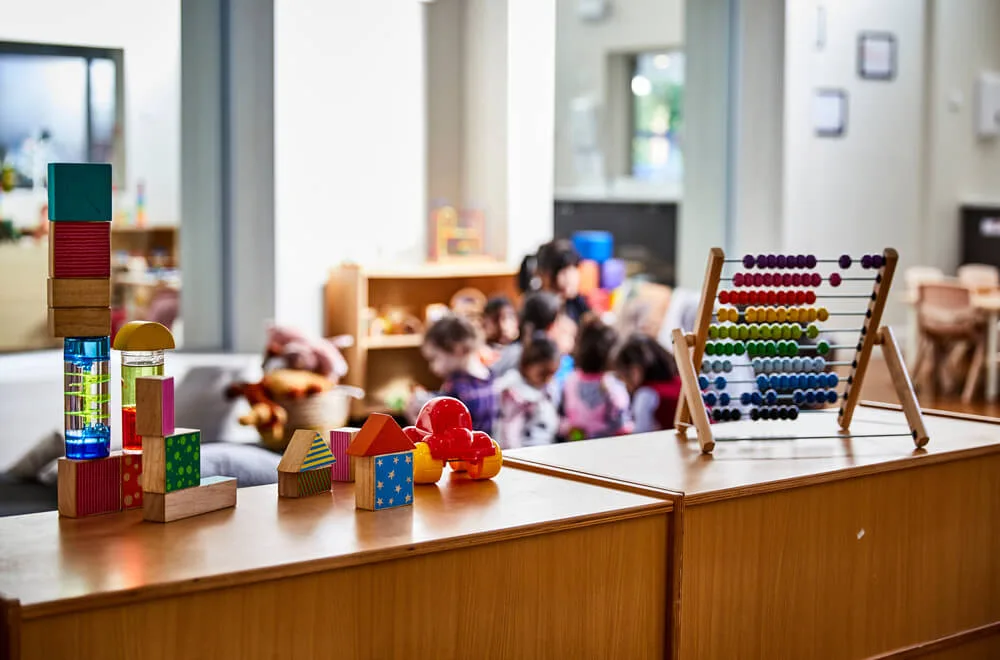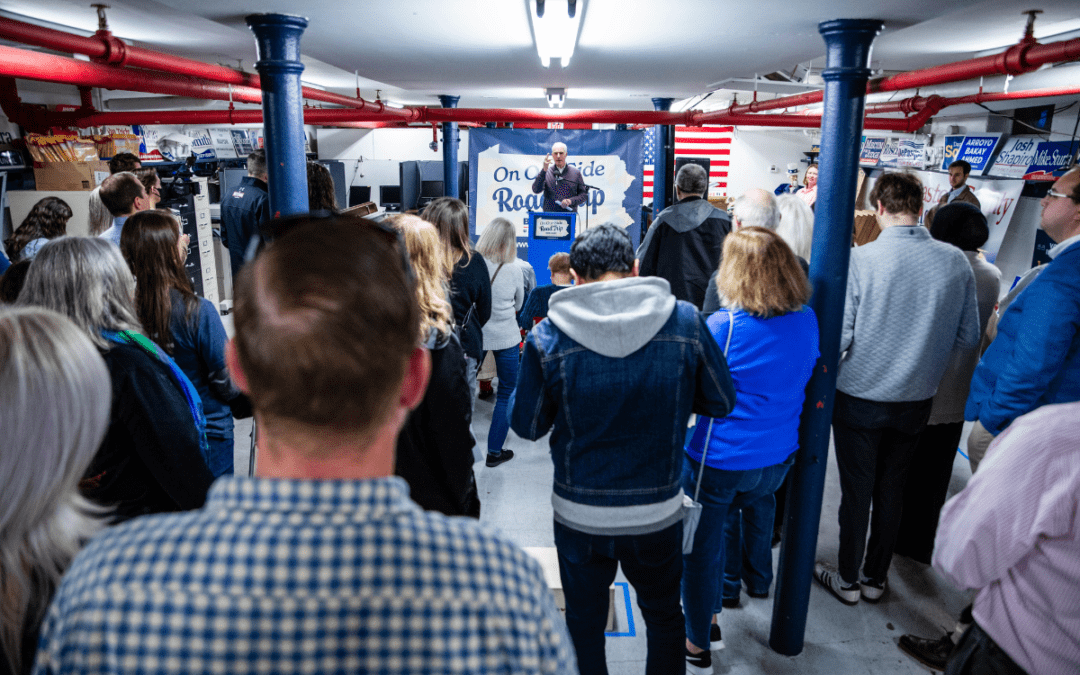
The Joint Economic Committee says the lack of childcare options for working parents during the pandemic is holding back the country’s economic recovery.
A new Senate report found that the coronavirus pandemic has devastated the childcare industry in the United States, and the lack of affordable childcare is holding the country back from recovery.
The new report, published by the Senate Joint Economic Committee on Friday, said the effects of the pandemic could permanently damage the industry. This would make accessible and affordable childcare–already a challenge in many parts of the country–even more difficult to find.
Before the start of the pandemic, about 12 million American children were enrolled in some form of child care. Since then, about half of childcare providers have been forced to close their doors, due to concerns over the spread of COVID-19. But even the centers that have been able to stay open or reopen have seen their enrollment numbers drop by 67%, according to a survey from the National Association for the Education of Young Children. The closures also mean that 1-in-5 childcare workers are without a job.
Even before the pandemic, many families lived in areas that were “childcare deserts,” meaning there was little-to-no access to quality, affordable child care.
The report also found that a major factor preventing a full economic recovery is parents, particularly mothers, who are forced to choose between going to work and caring for their children. About 13% of parents have had to reduce their hours or even quit because of problems related to child care.
“Workers cannot get back to work if there is nowhere to send their children,” Rep. Don Beyer (D-Va.) said in a statement. “This is particularly true for working mothers who are more likely to bear the brunt of closed schools and child care providers. In fact, because of the impact that the coronavirus has had on the child care industry, a generation of social and economic gains made by women may be rolled back in a matter of months!”
Child care in the United States is often very expensive. According to the report, many parents spend an average of 23% of their net income on child care.
“In some states, a single-earner family earning median income would need to spend more than half of their earnings to care for a single infant,” the committee wrote in their report. “In 30 states and Washington, D.C. the average cost of center based infant care costs more than average in-state college tuition.”
The members of the committee went on to note that child care in the United States is significantly more expensive than in other developed nations because “it is not seen as a public good, despite extensive research showing that it has substantial public benefits.”
The federal government spends less than half the amount of money on child care than other nations in the Organization for Economic Co-operation and Development (OECD). In some OECD countries free child care is already widely available, while others base tuition on family income, typically around 15% of average earnings.
“Our nation should treat childcare like most other developed countries do, like a public good, not a private benefit,” Beyer said in a statement. “Doing so would mean doubling our investment in childcare, so parents do not have to choose between going to work and ensuring their children have safe, quality care.”
The future of child care in the United States looks bleak if there isn’t an influx of funding and support from the federal government, according to the report. The committee estimates the industry needs about $9.6 billion in public aid to avoid permanent closures of many childcare providers.
Politics

Sheetz hit with lawsuit for allegedly discriminating against minority job applicants
The Equal Employment Opportunity Commission filed suit against Sheetz and two subsidiary companies, alleging the Altoona-based chain discriminated...

Bob Casey: Past time to reign in corporations ‘jacking up their prices’
US Sen Bob Casey continued calling out corporate greed and price gouging at a canvass launch in the City of Lancaster on Sunday. Maintaining the...

Susan Wild calls out Republicans for holding up Ukraine aid
‘It’s not only shameful, but embarassing.” That’s what US Rep. Susan Wild (D-Pennsylvania) had to say about the Republican-led US House’s...
Local News

Conjoined twins from Berks County die at age 62
Conjoined twins Lori and George Schappell, who pursued separate careers, interests and relationships during lives that defied medical expectations,...

Railroad agrees to $600 million settlement for fiery Ohio derailment, residents fear it’s not enough
Norfolk Southern has agreed to pay $600 million in a class-action lawsuit settlement for a fiery train derailment in February 2023 in eastern Ohio,...





